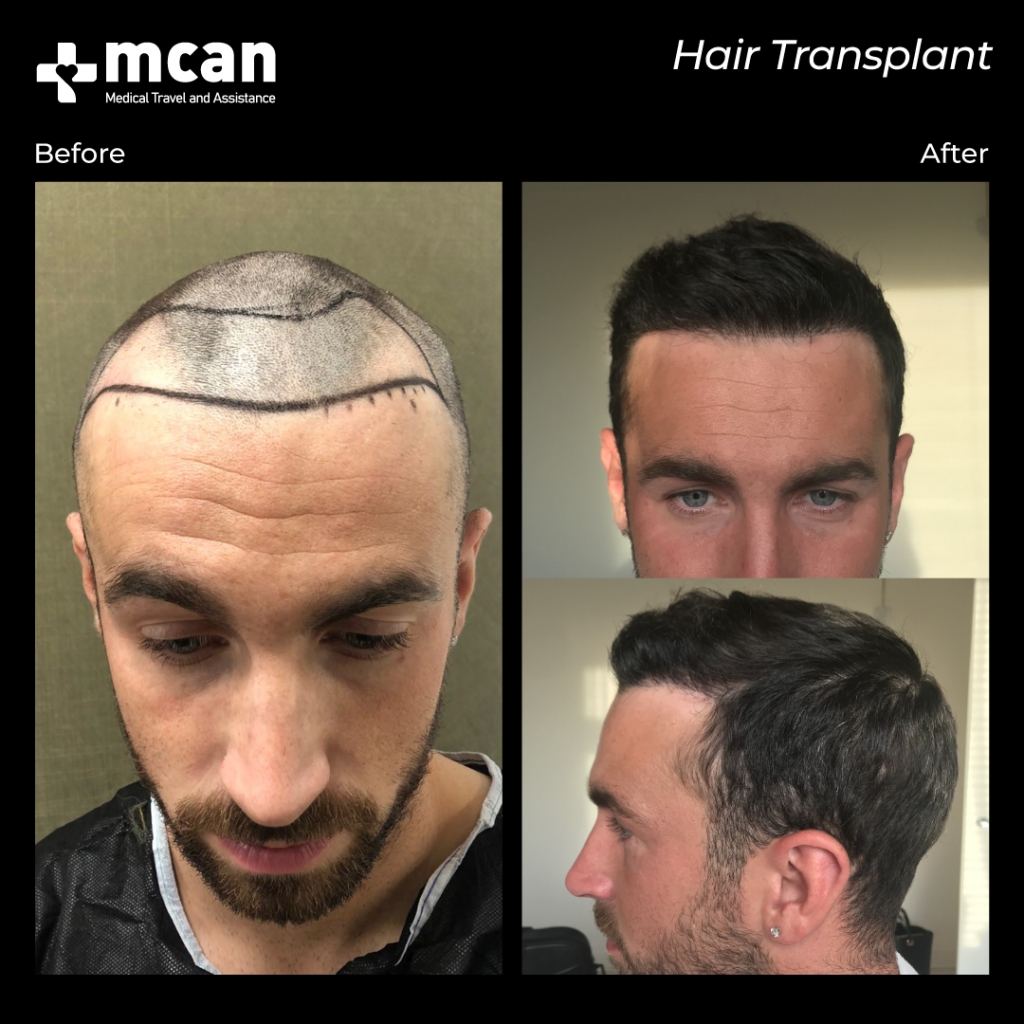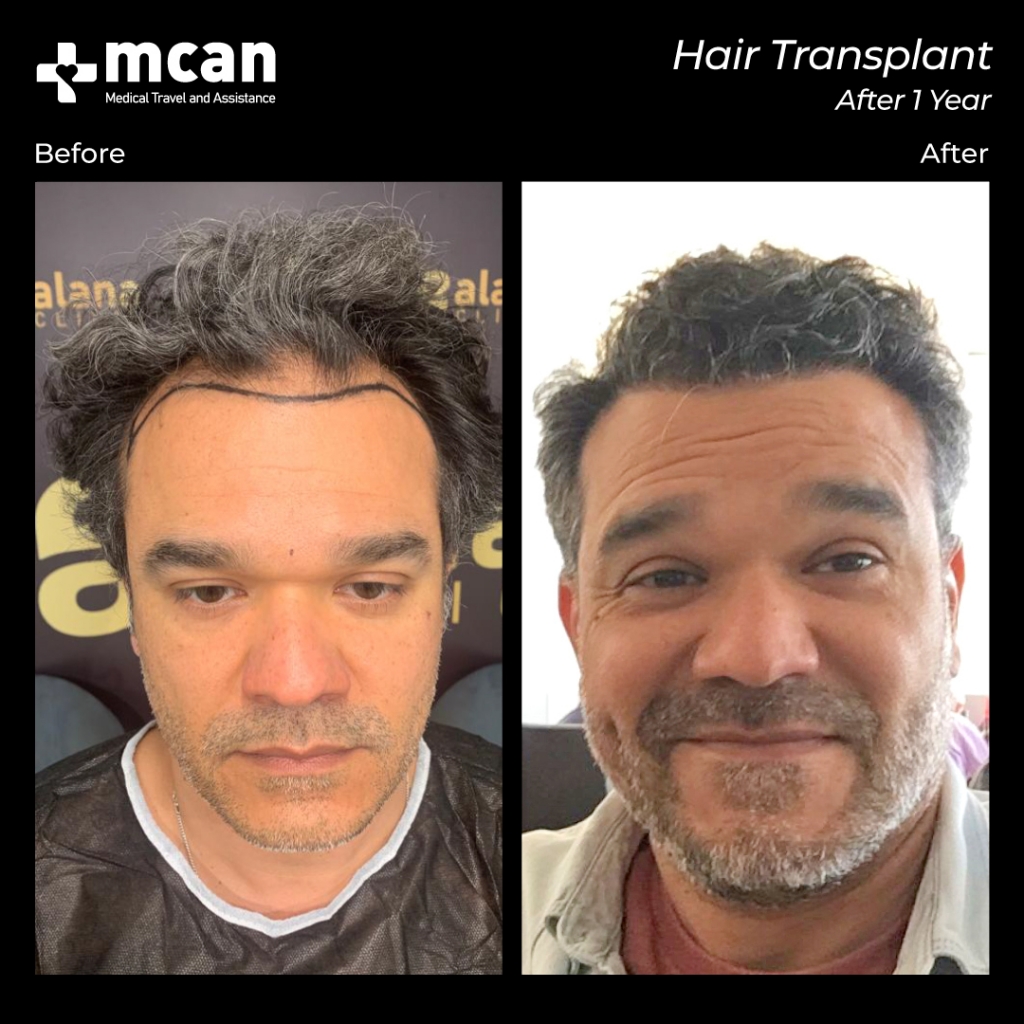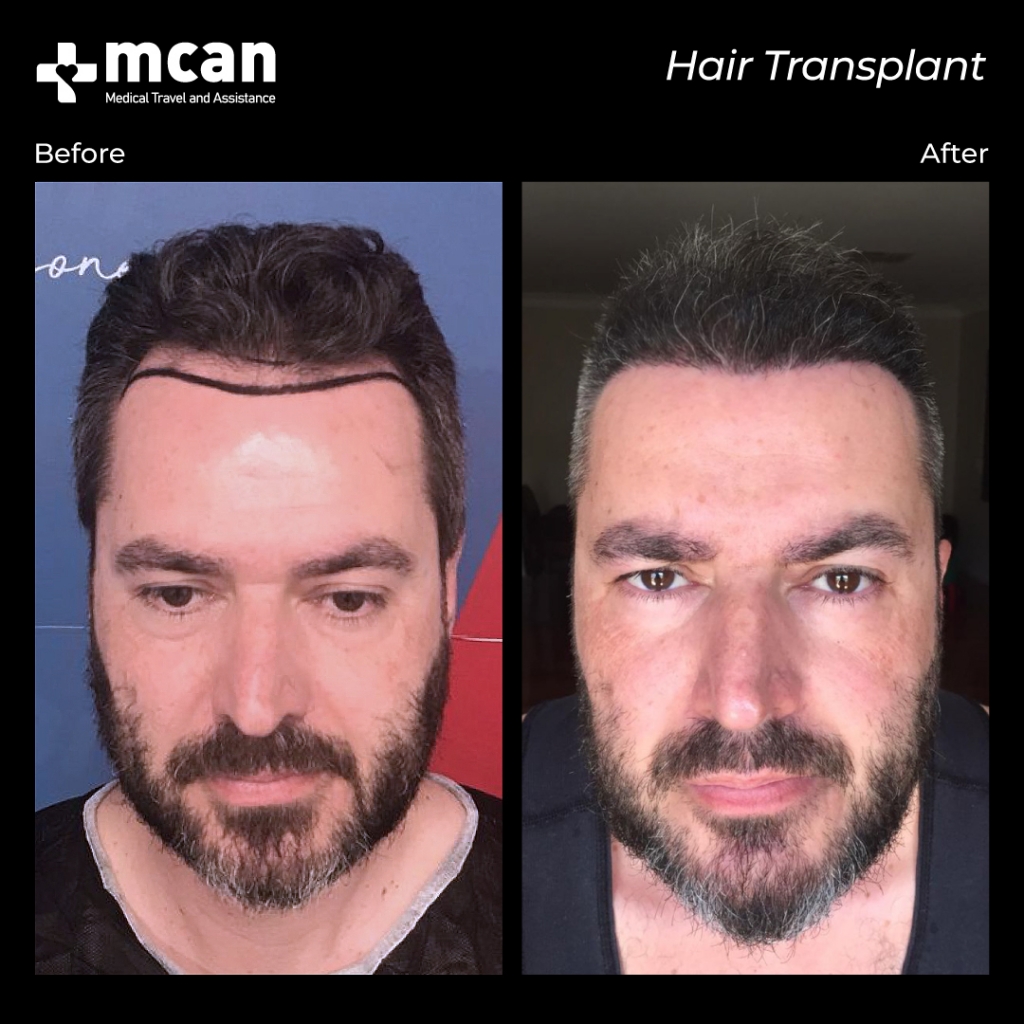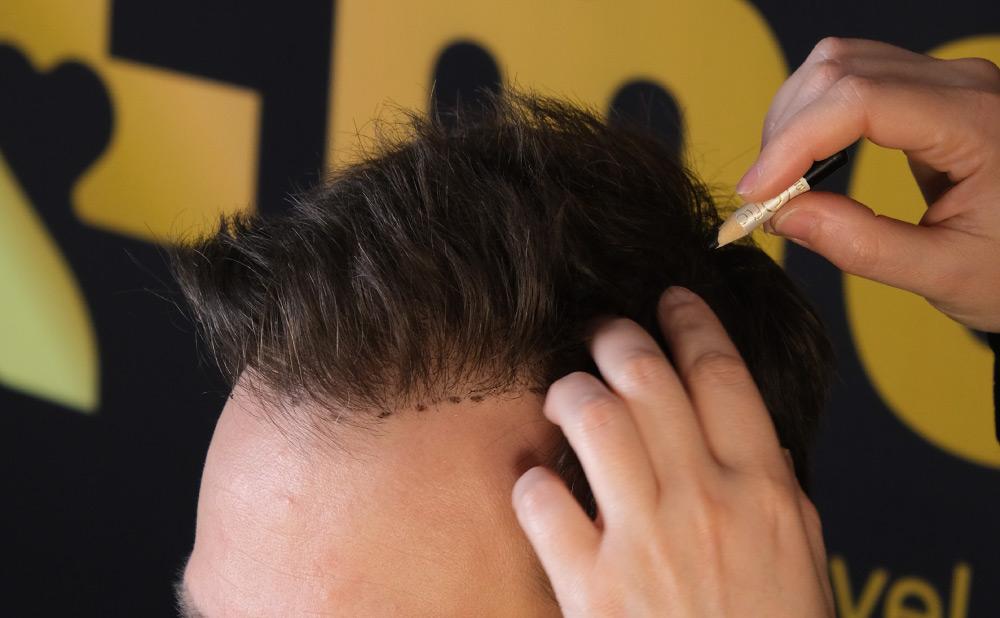
Losing hair can be a stressful experience for anyone. After all, our hair plays a big role in both our identity and how we show the outside world. Fortunately, there’s a solution for losing hair: the hair transplant. But is it a one-time fix? Would you need a second hair transplant? And what if you want more transplants? Is this a possible option? Whether you’re thinking about taking this route for yourself or are just interested in the procedure, prepare to be enlightened! Come along on this journey to discover the hair restoration mysteries!
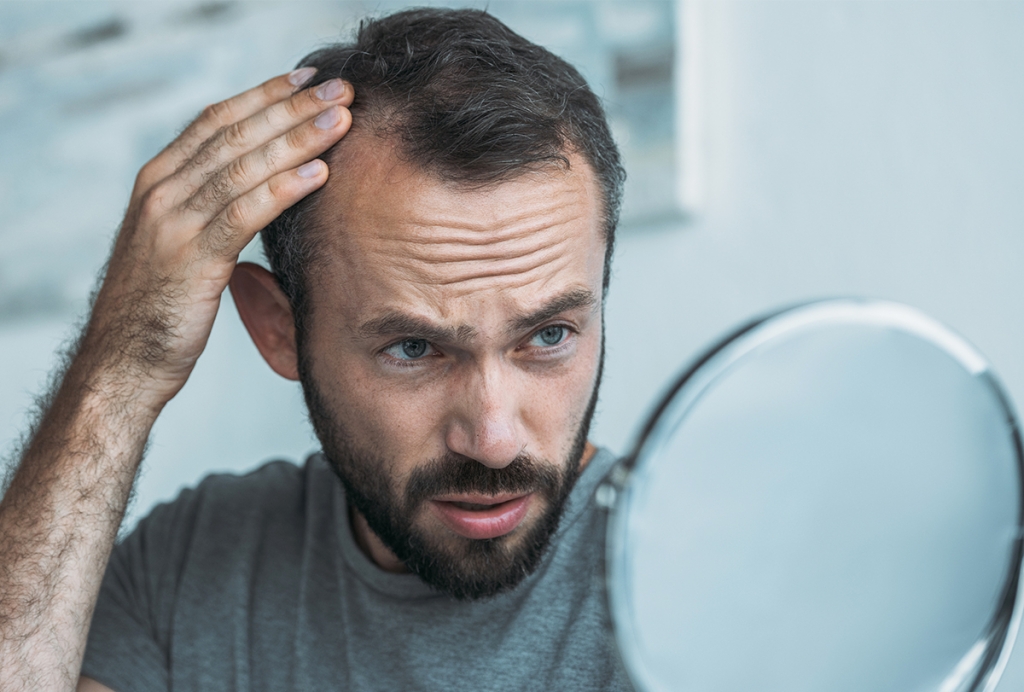
How Does Hair Transplant Work?
Before answering how many hair transplants can a person have, it is important to understand how the procedure actually works. A hair transplant operation is like a strategic plan of redistributing your hair! It works by transplanting hair follicles from parts of the scalp—usually the sides or back—that are resistant to balding and have plenty of hair, into areas of the scalp that are experiencing thinning or balding. When these follicles are transplanted, they get to work! They begin to grow new hair and eventually blend in perfectly with your natural hair.
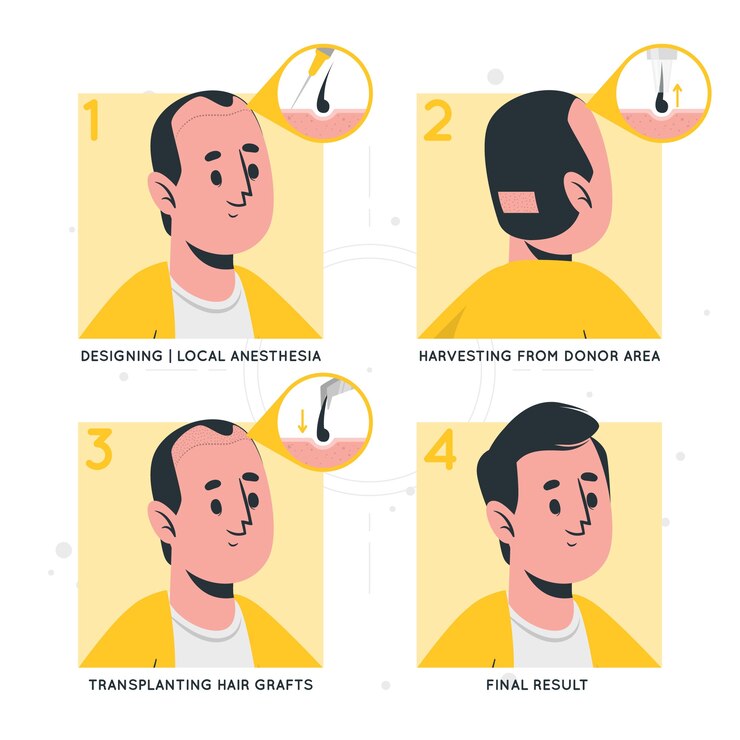
There are different methods to be applied regarding the individual’s needs and preferences.
- FUE, the most common technique, involves harvesting and transplanting individual hair follicles with little to no scarring, making it suited for people with little donor hair.
- DHI technique offers immediate implantation of extracted follicles using a specialized pen-like device, making it suitable for individuals with particular hairline preferences or looking for a quicker recovery.
- Sapphire FUE technique utilizes specialized blades made of sapphire crystal for sharper, more precise incisions, minimizing tissue trauma and speeds up healing process.
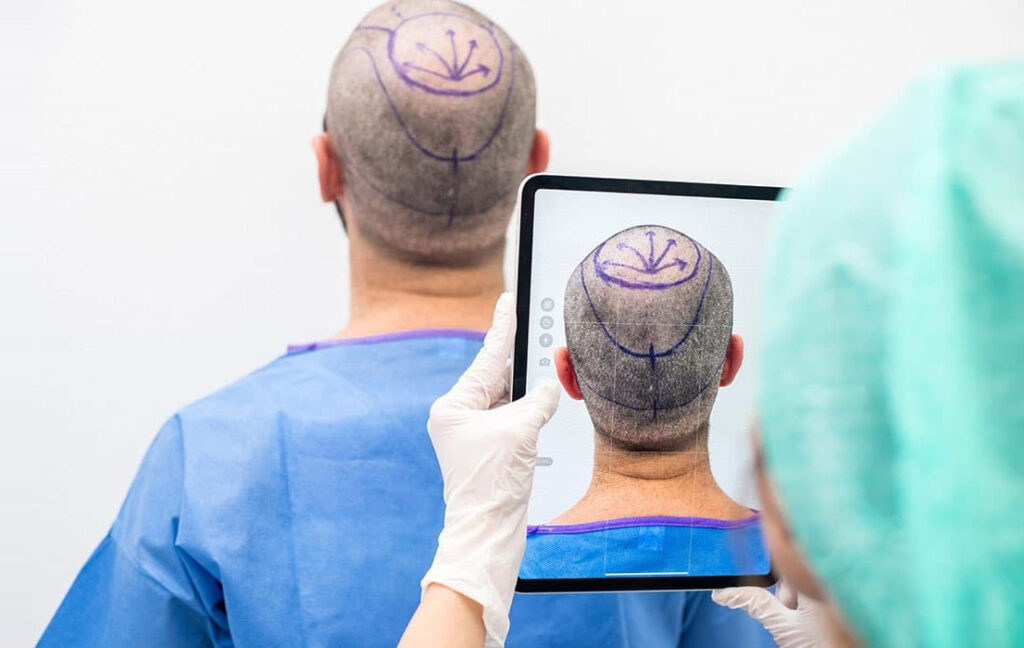
The hair transplant timeline unfolds in distinct stages after the operation. Initially, after a week, the pain and swelling subside. Shedding occurs two to three weeks after surgery, marking the beginning of the resting phase for recently transplanted follicles. This shock loss after hair transplant is totally normal, no need to press the panic button! Then, a delicate but promising new growth appears two to three months after the transplant. These hairs grow stronger over time, and by the 12. to 18. month, noticeable hair transplant results can be seen. Throughout the hair transplant timeline, it’s crucial to stick to the medical team’s guidance.
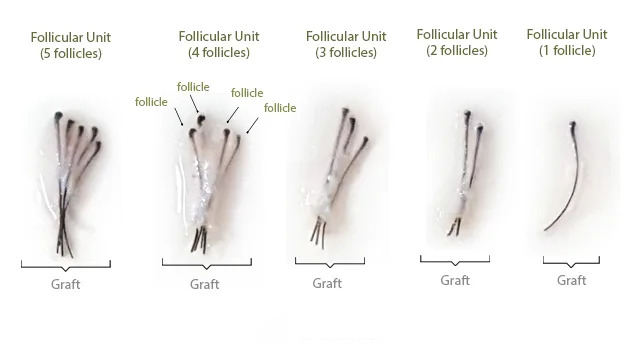
How Long Does a Hair Transplant Last?
Even in cases of advanced baldness, hair transplantation can produce stylish and natural-looking results. However, exactly how long does a hair transplant last?
The transplanted follicles are indeed permanent, which means they will keep growing hair for the rest of your life. These hair follicles taken from the donor area are typically resistant to the DHT hormone. This hormone is the primary reason for hair loss. However, it’s important to realize that natural hair loss may still occur in the surrounding native hair.
Additionally, even though the transplanted follicles’ growing movement are permanent, they have a life span like other ones. So, the hair production may decrease and its density and appearance may change as you get older.
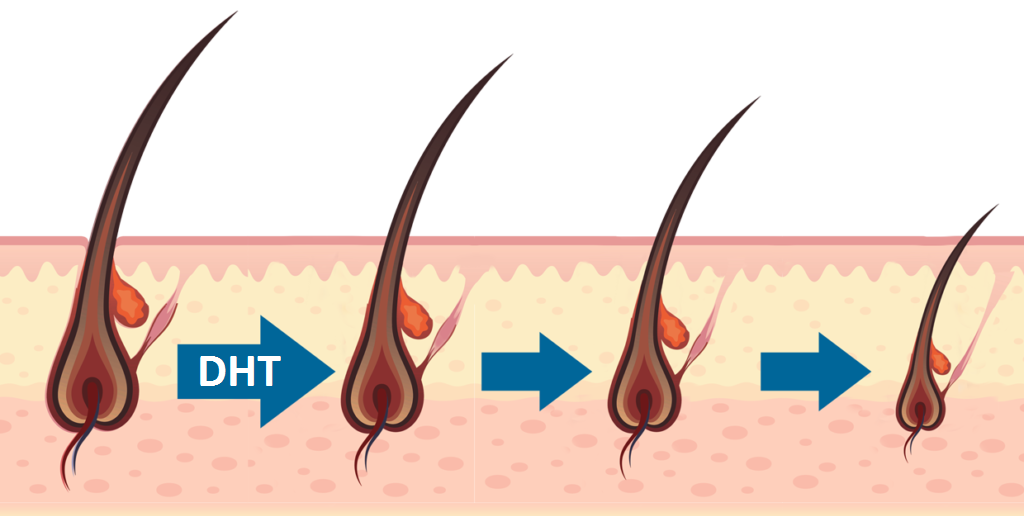
Is There a Thing like a Bad Hair Transplant?
Well, long story short, yes there is indeed such a thing as a bad hair transplant. Even though the techniques have come a long way in recent years, some cases still produce less than ideal hair transplant results. A bad hair transplant can be caused by a number of things, such as inadequate donor hair, poor planning, poor surgical technique, or inadequate aftercare. The unnatural appearance that a bad hair transplant can produce is one of the most prevalent problems related to it. Unnatural hair angles, excessively dense hairlines, or extensively obvious scarring are possible manifestations of this.
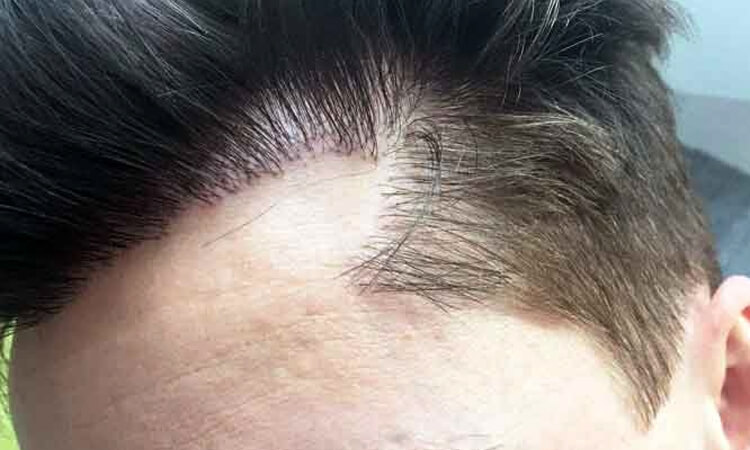
Despite these potential pitfalls, it’s essential to note that not all hair transplants result in disappointment! In fact, the hair transplant success rate is actually very high around %95. Achieving the positive hair transplant results depends critically on the surgeon’s skill, the quality of the donor hair, and the patient’s dedication to aftercare.
To avoid experiencing a bad hair transplant, please carefully select a reputable hair transplant company by checking their real patients’ hair transplant pictures and reviews on independent platforms, and see if they have accreditations from national and international organizations and awards. To be aware of the black market is very crucial to be on the safe side for our health and appearance.
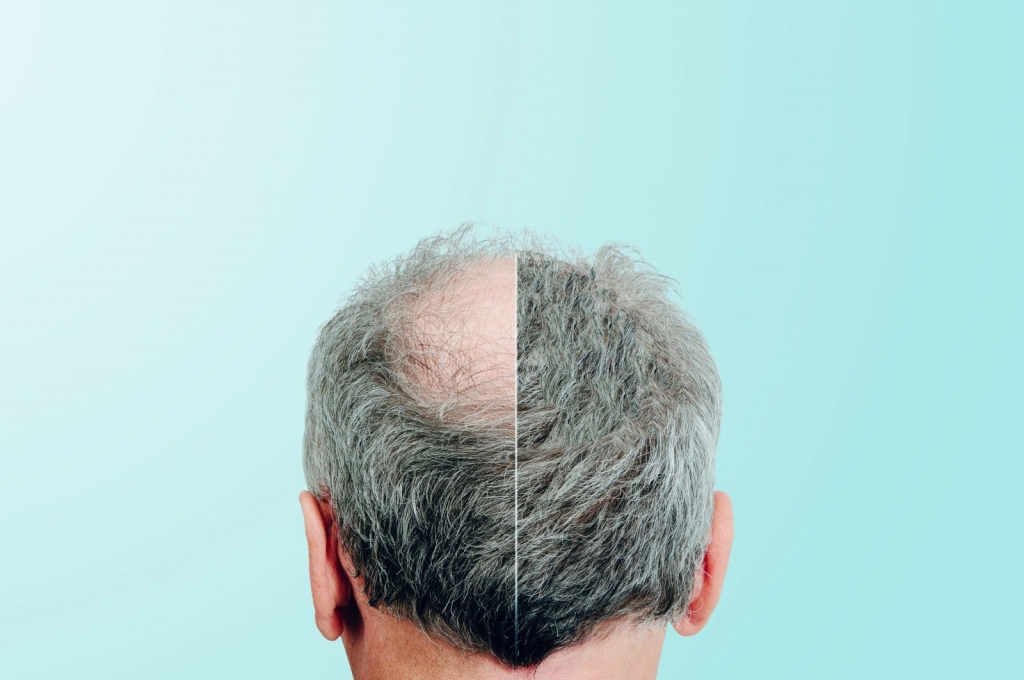
Would I Need a Second Hair transplant? Can I Have More?
So, now it’s time to answer the burning question: how many hair transplants can a person have? What exactly is a second hair transplant and would you need it? Buckle up as we explain them one by one!
Even though the desired appearance is usually achieved with a single hair transplant, some patients may need or choose to have a second hair transplant. A research with 820 male patients with severe baldness found out that after a year 94% were satisfied with the results while 62% expressed interest in a second hair transplant to enhance coverage or density.

So the reasons for a second hair transplant can be the desire to have more coverage or density, or it can be the progression of hair loss. Because even though the transplanted hair from the first hair transplant sticks around, you might still experience hair thinning and balding on the untreated areas. So how does a second hair transplant work? Well, actually a second hair transplant process mirrors the initial one, however the surgeon will need to perform very carefully to protect any previously transplanted hair and maintain the donor area’s natural appearance.
So how about multiple procedures beyond a second hair transplant? In theory, as long as there are enough grafts in the donor area, there is a chance for more hair transplants. Medical advice, however, advises against having more than three procedures done.
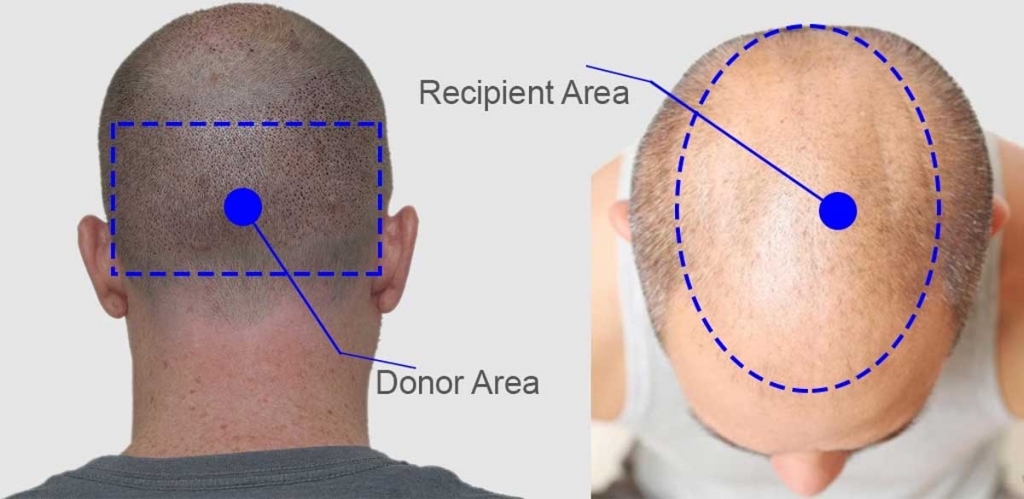
Because every person has a limited supply of viable donor hair, which if exceeded, can result in an unnatural-looking donor area that is patchy. Consequently, to preserve a natural and harmonious aesthetic, it’s important to take into account the limitations of one’s donor resources, even though the idea of receiving more transplants may seem tempting. To ensure the best possible outcome for each unique case, consulting with a qualified specialist can offer invaluable insights.
MCAN Health is a prominent, accredited, awarded company in Istanbul, Turkey that offers hair restoration treatments with 98% success rate. You can take a look at our patients’ hair transplant pictures to see the transformation!
